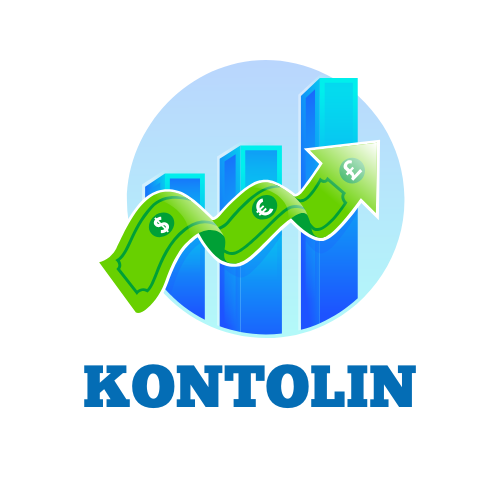In today’s fast-paced business world, procurement isn’t just about buying stuff; it’s a strategic game of chess where every move counts. Companies that master procurement cost savings not only keep their budgets in check but also gain a competitive edge. Imagine slashing expenses while still getting top-notch quality—sounds like a dream, right?
Procurement Cost Savings
Procurement cost savings refer to the reductions in the expenses associated with sourcing and purchasing goods and services. These savings arise from effective negotiation, strategic supplier relationships, and efficient procurement processes.
Definition of Procurement Cost Savings
Procurement cost savings represent the difference between the original cost of a product or service and the reduced cost achieved through various strategies. These strategies encompass volume discounts, supplier competition, and process improvements. Tracking these savings is essential for organizations aiming to optimize their budgets while enhancing product quality. In practice, a company may save 10% on bulk orders, making procurement cost savings a vital metric for financial performance.
Importance of Procurement Cost Savings
Procurement cost savings play a crucial role in financial sustainability for businesses. They enable organizations to allocate resources more efficiently, supporting investments in innovation and growth. Achieving these savings improves profit margins while maintaining quality standards. Companies that effectively manage procurement costs can gain a competitive edge in the market, positioning themselves for long-term success. An efficient procurement strategy leads to better supplier relationships, further enhancing the potential for savings and operational excellence.
Strategies for Achieving Procurement Cost Savings

Effective procurement cost savings hinges on strategic approaches. These methods enhance the overall procurement process, driving financial efficiency.
Supplier Negotiation Techniques
Developing strong negotiation skills with suppliers leads to impactful cost savings. Engaging in competitive bidding encourages multiple suppliers to submit proposals, fostering a more favorable pricing environment. Building long-term relationships with suppliers can result in better terms, discounts, and priority on new products. Knowing the market value of goods and leveraging that data ensures negotiations align with industry standards. Additionally, conducting regular reviews of contracts helps identify areas for renegotiation, further capitalizing on savings opportunities.
Leveraging Technology in Procurement
Integrating technology in procurement processes streamlines operations and reduces costs. Utilizing procurement software automates repetitive tasks, enabling team members to focus on strategic activities. Data analytics tools provide insights into spending patterns, helping identify areas for potential savings. E-procurement platforms facilitate easy access to supplier catalogs, promoting competitive pricing. Implementing an integrated supply chain management system improves communication with suppliers, enhancing overall efficiency. Adopting these technologies not only increases productivity but also leads to significant cost reductions.
Measuring Procurement Cost Savings
Measuring procurement cost savings requires a structured approach. Organizations often utilize various metrics to evaluate success and ensure continuous improvement.
Key Performance Indicators (KPIs)
Effective KPIs provide insights into procurement performance. Common metrics include cost savings percentage, which expresses the savings relative to total spend. Another crucial KPI is the supplier performance score, offering a view on delivery, quality, and compliance. Tracking compliance rates helps assess how well contracts meet negotiated terms. Additionally, cycle time is essential as it measures the efficiency of the procurement process. These KPIs drive accountability and guide strategic adjustments, supporting better decision-making.
Tools for Tracking Savings
Several tools enhance the tracking of procurement savings. Procurement software streamlines processes while providing dashboards for real-time analysis. Spend analysis tools categorize expenditures and reveal trends, enabling organizations to identify savings opportunities. Contract management systems keep track of terms, expiration, and compliance, minimizing discrepancies that can lead to lost savings. Data analytics platforms assess performance metrics and highlight areas for improvement. Using these tools fosters effective tracking and helps organizations achieve their cost-saving goals.
Challenges in Realizing Procurement Cost Savings
Organizations face several challenges when trying to achieve procurement cost savings. These challenges hinder effective cost management and strategic sourcing efforts.
Common Obstacles
High supplier dependence often complicates negotiations. Limited competition among suppliers can lead to inflated prices. Additionally, the complexity of contracts can obscure hidden costs. Resistance to change from internal stakeholders also impedes the implementation of cost-saving initiatives. Furthermore, lack of accurate data makes it difficult to identify savings opportunities, presenting another significant barrier to success.
Mitigation Strategies
To overcome these challenges, companies should diversify their supplier base. Engaging multiple suppliers encourages competitive pricing and better terms. Improving data visibility involves utilizing advanced procurement tools, which enhances decision-making. Regular training for procurement teams can also bolster negotiation skills and increase confidence. Lastly, fostering a collaborative culture between procurement and internal stakeholders ensures a common understanding of cost-saving goals, driving successful outcomes.
Conclusion
Mastering procurement cost savings is crucial for organizations aiming to thrive in a competitive landscape. By adopting strategic approaches and leveraging technology, companies can streamline their procurement processes and unlock significant savings.
Building strong supplier relationships and enhancing negotiation skills can lead to better pricing and terms. Regularly reviewing contracts and utilizing data analytics tools further support the identification of savings opportunities.
As businesses navigate challenges in procurement, a proactive and collaborative mindset can drive successful outcomes. Ultimately, effective cost management not only boosts profit margins but also positions organizations for long-term growth and innovation.





